South Island
Oamaru
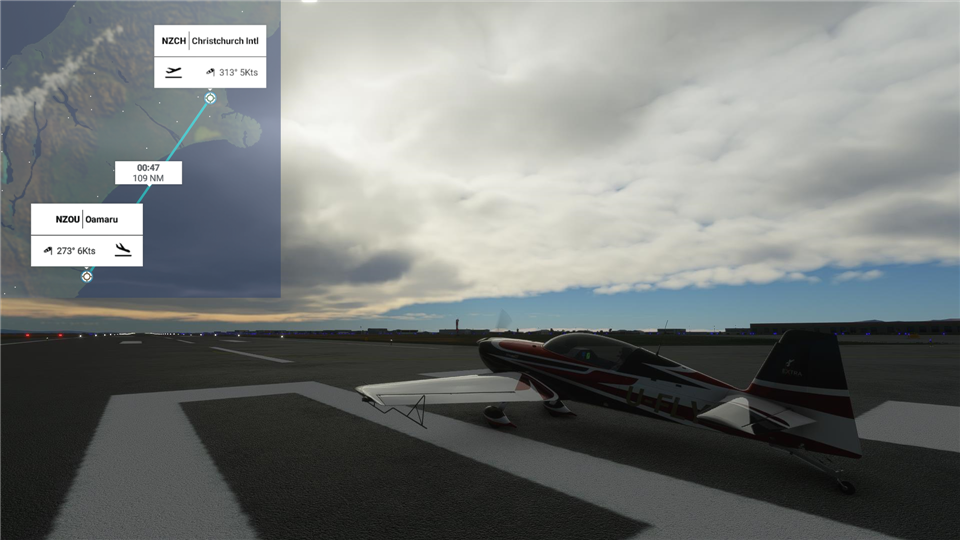
The Kāhui Tipua were a giant, ogre like people, and they were the original inhabitants of Te Waka a Māui. They built a canoe, Āraiteuru, and used it to sail to Hawaiki, the ancestral home of the Polynesians, to get some gourds, taro and kumara (sweet potatoes). On their return, a wind got up out of Oamaru and great was the anger of the ocean. The vessel capsized, spilling its cargo. The baskets washed up on Te Kaihinaki and turned to stone. The gourds and the canoe floated on a ways and the gourds turned to stone when they washed up on Te Whataparaerae. The canoe and its sail turned to stone in the water and became a reef.
This story is far more interesting than a first reading would suggest. The Māori didn't write anything down. All of their traditions were oral, and changed somewhat over time and different storytellers. This particular story has many versions. In some, the canoe sets sail for Hawaiki, likely from Oamaru, to fetch seed stock such as kumara. In others, Āraiteuru is a magical canoe bringing the early chiefs, who were demigods, to the islands from Hawaiki, coincidentally bringing provisions, including kumara.
Now the thing about kumara is that it was a vital food source for the North Islanders. But the fact is that it will not grow south of Banks Peninsula in the South Island, and certainly not in Oamaru, which is known for its penguin colonies. The gourds that the canoe brought back (in some versions) are sometimes calabashes, which also do not grow well to the south, and sometimes pumpkins, which grow quite well in chillier climes. But they do not come from Polynesia. They actually came from the British, a good long time after this story happened. So from this one story, and its many iterations, you can get a sense of the vast sweep of time and distance that is the Māori civilization.
But all of the accounts agree, and so it must be believed, that the canoe, its contents, and variously some of the sailors, all foundered and turned to stone. With any luck, none of this will happen to us. Off to Oamaru!
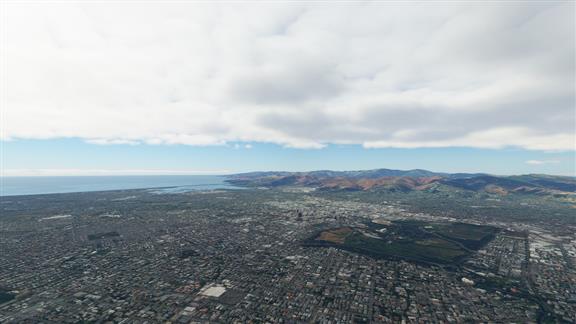 From this shot you can really see how Christchurch itself is very flat, whereas Banks Peninsula is quite rugged. Banks Peninsula is actually two large and ancient composite shield volcanos, long since dormant. It is mostly eroded now and is more a series of bays with two deep harbours.
From this shot you can really see how Christchurch itself is very flat, whereas Banks Peninsula is quite rugged. Banks Peninsula is actually two large and ancient composite shield volcanos, long since dormant. It is mostly eroded now and is more a series of bays with two deep harbours.
|
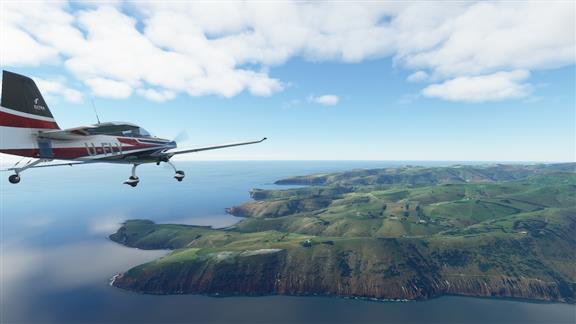 In the 1980s a number of landowners got together and created an amazing hiking trail here.
In the 1980s a number of landowners got together and created an amazing hiking trail here.
|
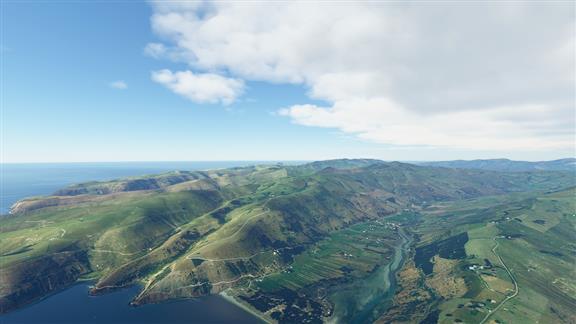 The peninsula is such a natural enclosure that many of the sheep consider themselves wild. The farmers don't however. Before Christmas is a bad time to be hiking here as the lambs are hunted.
The peninsula is such a natural enclosure that many of the sheep consider themselves wild. The farmers don't however. Before Christmas is a bad time to be hiking here as the lambs are hunted.
|
The whole place is a series of fjords, and, honestly, looks like a mole that you want to get checked out on the map.
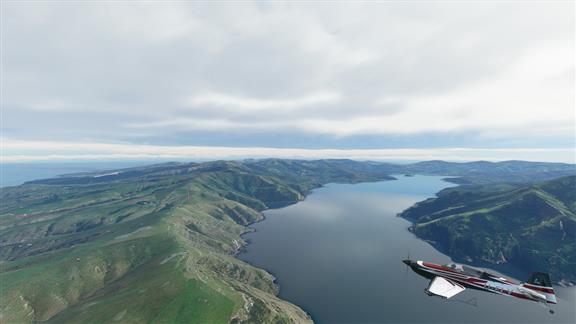 |
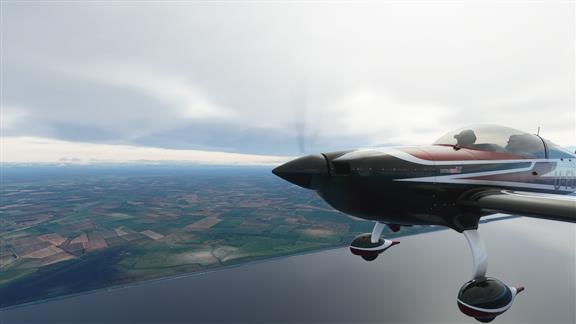 |
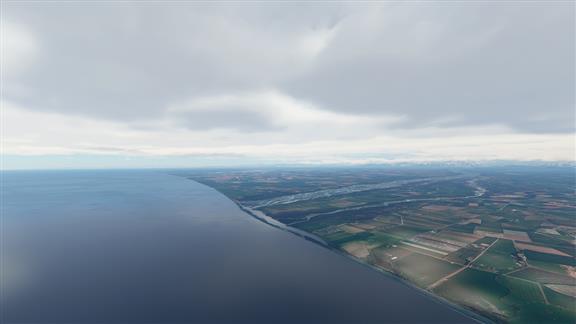 The Rakaia River. They have found a thousand Moa ovens here, partly explaining the relative lack of Moa in the area.
The Rakaia River. They have found a thousand Moa ovens here, partly explaining the relative lack of Moa in the area.
|
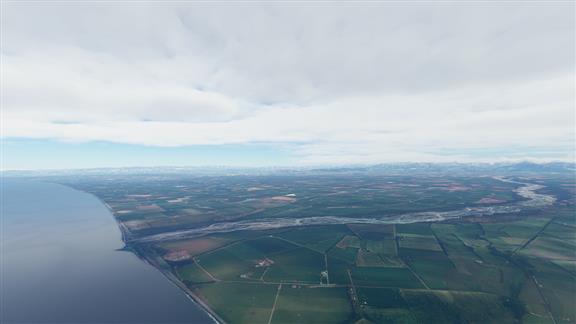 The Opihi River. It has long been a breadbasket to the iwi living here. A big part of the whakapapa of Opihi - the connection of all things from the gods to the present time - is that "If you ain't gonna eat it, you better not kill it." according one local resident. And that worked out quite well until a commercial eeling fishery started up, pretty much wiping out the eel population. There is now a ban on commercial fishing, but things are slow to come back.
The Opihi River. It has long been a breadbasket to the iwi living here. A big part of the whakapapa of Opihi - the connection of all things from the gods to the present time - is that "If you ain't gonna eat it, you better not kill it." according one local resident. And that worked out quite well until a commercial eeling fishery started up, pretty much wiping out the eel population. There is now a ban on commercial fishing, but things are slow to come back.
|
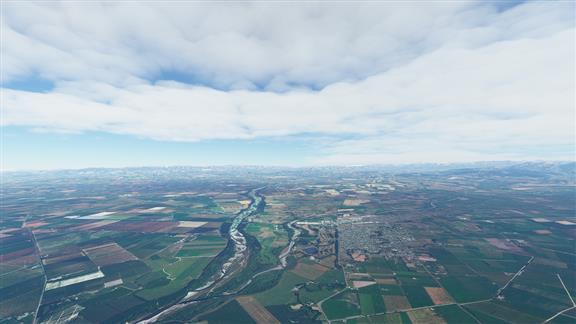 Timaru with Mount Horrible off to the right. Mount Horrible hasn't been truly horrible for two million years or so, when it covered this entire area 5 meters deep in lava.
Timaru with Mount Horrible off to the right. Mount Horrible hasn't been truly horrible for two million years or so, when it covered this entire area 5 meters deep in lava.
|
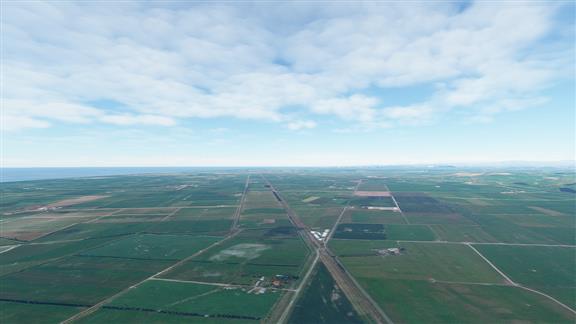 Apart from the ocean, this place is just Saskatchewan.
Apart from the ocean, this place is just Saskatchewan.
|
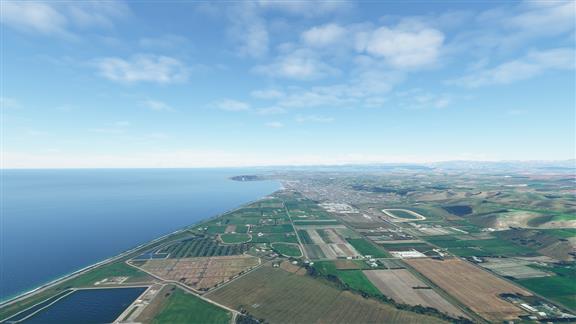 And that looks like our destination for the night, Oamaru. The place has a kind of retro-futuristic vibe I think.
And that looks like our destination for the night, Oamaru. The place has a kind of retro-futuristic vibe I think.
|
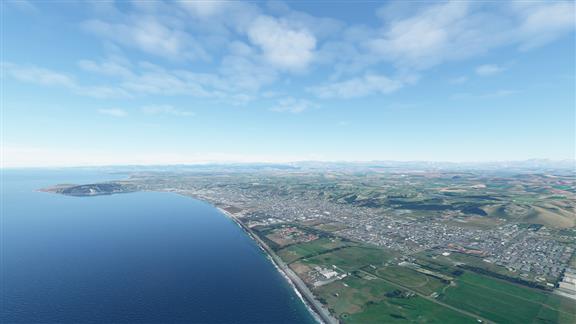 About 70 million years ago, the flightless birds that were to become penguins are thought to have evolved in the south of New Zealand, or Zeelandia as it was known at the time, and Byrd Island in Antarctica. These two places were fairly close to each other back then. By 62 MYA we have something that could be called a true penguin, Waimanu manneringi, a sort of a loon like bird, living in New Zealand.
About 70 million years ago, the flightless birds that were to become penguins are thought to have evolved in the south of New Zealand, or Zeelandia as it was known at the time, and Byrd Island in Antarctica. These two places were fairly close to each other back then. By 62 MYA we have something that could be called a true penguin, Waimanu manneringi, a sort of a loon like bird, living in New Zealand. 40 MYA sees the proto-penguins expanding outwards and showing up in places like Peru and Argentina. Also around that time, the New Zealand varieties were growing immensely; one species was the tallest at 1.8 meters, and another was the heaviest at 80 kg. About 25 MYA the giant penguins faced competition from the new toothed whales, who were eating up all the larger fish. Also New Zealand was sinking. So penguins became generally smaller. Nowadays, the smallest penguin, at 33 cm, is the Eudyptula minor, known variously as the Little Penguin, the Little Blue Penguin, the Blue Penguin, the Fairy Penguin, Pingüino Pequeño, or kororā. They can be found in southern Australia, Chile, South Africa, and certainly all over New Zealand. But one of the biggest colonies is here in Oameru. On that little point dead ahead, more or less right downtown. In fact it's not unusual to find penguins nesting in your basement or under your building if you're close enough to the water. |
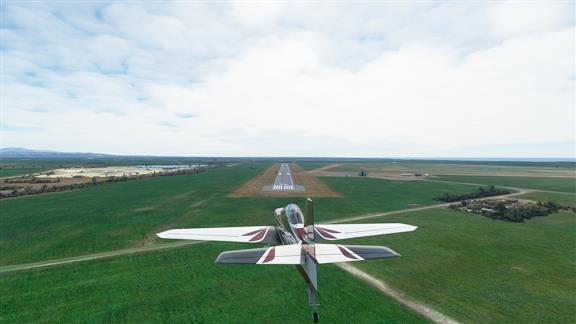 Well I'm done. Time to go see the Moeraki Boulders. I think they look like pumpkins myself.
Well I'm done. Time to go see the Moeraki Boulders. I think they look like pumpkins myself.
|